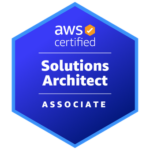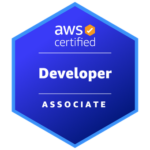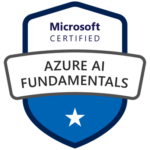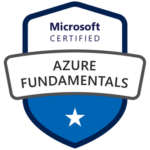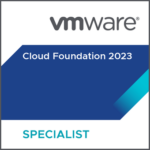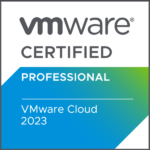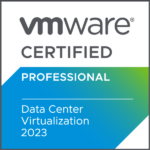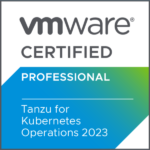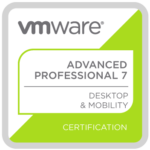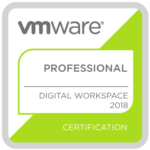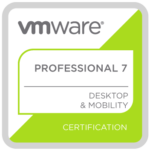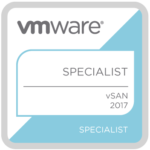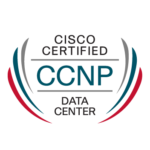You shouldn’t be asking “Which platform has the longest feature list?” but “What outcome justifies the cost of moving from one private cloud stack to another?“. This is precisely where many VMware by Broadcom customers find themselves today. While there are still many loyal VMware customers, there are other organizations that want or must re-evaluate their current situation. And a simple but often forgotten truth is this: a like-for-like platform replacement rarely makes sense.
Not because Nutanix cannot do what VMware does. It absolutely can! But because the economics and operational impact of migrating an entire virtual estate purely to reproduce the status quo will not automatically create value. Unless Broadcom’s new price structure forces the customer’s hand or the relationship with the vendor becomes unbearable for non-technical reasons, a one-to-one replacement is just a reaction, and not a strategic move.
A change of platform needs a reason that transcends replacement. It needs intent.
And this is where the conversation becomes interesting, because the moment a customer begins thinking beyond “keep everything the same”, Nutanix suddenly becomes much more than a substitute or alternative. It becomes a platform for a new chapter.
Application Modernization
It’s almost 2026 and guess what, most enterprises (still) live in a VM-centric world and some of them are just starting now to modernize applications, modernize operations, and converge their infrastructure and cloud strategies. So, they look at Kubernetes, container orchestration and DevOps practices not as “modern” anymore, but as mandatory capabilities for the next decade.
Trying to retrofit these ambitions into a purely VMware-centric future is possible, but rarely elegant. Costs accumulate. Tooling becomes fragmented. Operational models start to diverge.
Nutanix provides a clean path into a Kubernetes-native, cloud-architected operational model through Nutanix Kubernetes Platform (NKP) and Nutanix Cloud Infrastructure (NCI) as the unified foundation.
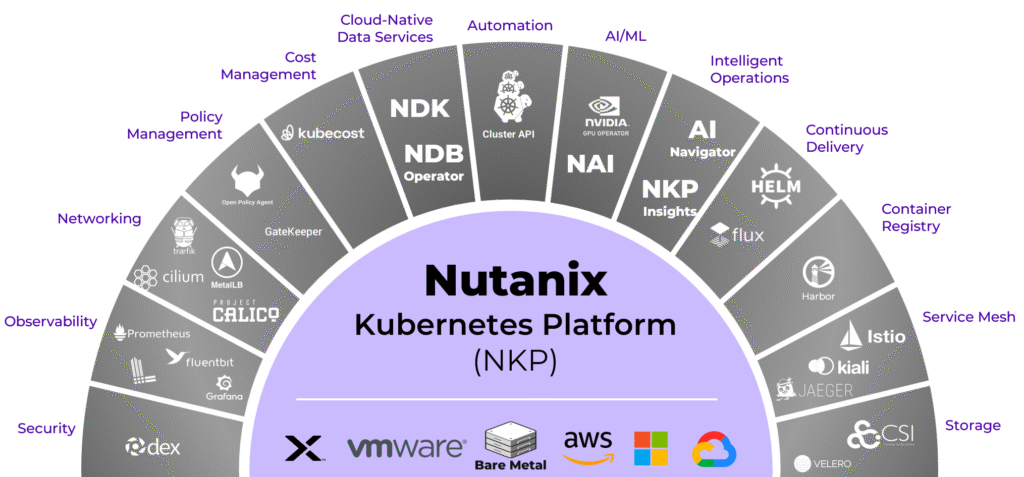
If an organization wants to build for the next generation of workloads rather than the last, platform migration becomes a strategic investment. And the cost of change is suddenly justified by the long-term trajectory.
AI becomes real. Sovereignty becomes mandatory.
Over the past year, enterprise AI has evolved from theory to a board-level priority. However, deploying secure, compliant, and controlled GenAI infrastructure is not something legacy stacks were designed for. GPU clusters, high-throughput storage, inference pipelines, and air-gapped architectures. All these require a platform that is not only modern, but sovereign, composable and operationally manageable.

Nutanix offers a cohesive, GPU-ready, open ecosystem designed to host your own models, your own data, and your own AI stack. Sovereign, isolated, and fully under your control.
Nutanix Enterprise AI (NAI) turns AI infrastructure into something deployable rather than experimental. Together with NCI and NKP, it forms an environment where customers can build internal AI factories without relying on hyperscalers or exposing sensitive data.
Flexibility in storage architecture
Recently, Nutanix announced support for external storage – starting with Dell and Pure Storage.
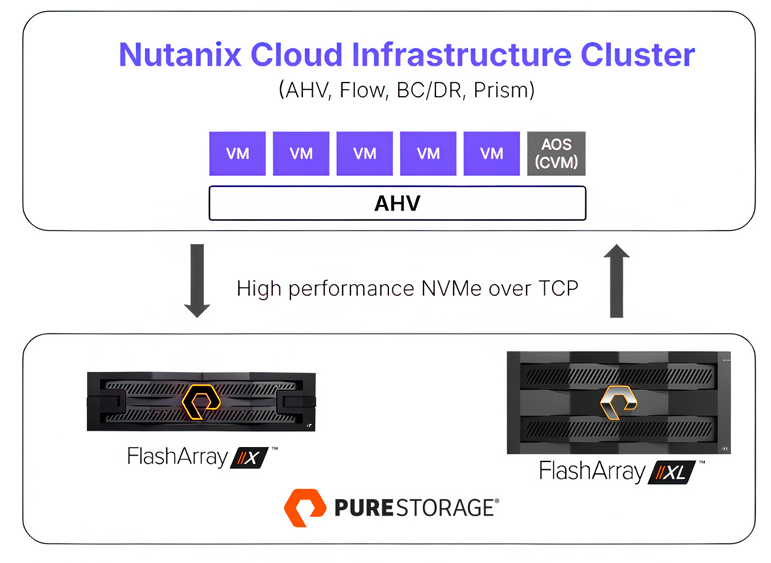
For the first time, customers can bring their existing enterprise storage arrays into a Nutanix architecture without forcing a forklift replacement or abandoning multi-year investments.
This fundamentally changes the economics of a VMware-to-Nutanix transition. What used to be a full-stack change can now become an incremental evolution. Keep the storage infrastructure you already trust, maintain the performance characteristics your applications rely on, and modernize the compute and virtualization layer above it.
Nutanix is acknowledging that customers do not live in greenfield worlds, that not every journey starts with a clean slate, and that sovereignty and autonomy often require preserving existing assets rather than discarding them.
For customers who want to move away from VMware but cannot replace their storage systems, Nutanix now offers a transition path that aligns with financial and architectural realities. For customers planning application modernization or sovereign AI initiatives, the ability to combine dedicated storage arrays with NCI and NKP gives them the freedom to architect the right performance tiers for each workload without vendor lock-in.
Cost pressure meets VDI realities
Desktop virtualization has always been the domain where infrastructure complexity causes the most harm. VDI environments are sensitive, cost-intensive, and operationally unforgiving. If a customer is looking for a cheaper, simpler and more predictable platform for VDI, Nutanix becomes a compelling candidate and it offers an architectural shortcut by providing consolidated storage and compute, extremely fast storage performance, linear scaling, and dramatically simpler day-to-day operations. The cost-to-outcome ratio is hard to ignore.

In such scenarios, the platform transition is less about “leaving VMware” and more about optimizing the future economics of delivering virtual desktops with a more efficient stack.
Recently, Nutanix and Omnissa announced that Omnissa Horizon now fully supports Nutanix AHV.
Conclusion
Ultimately, the decision to move away from VMware (or any other vendor) should never be driven purely by frustration or speculation. It should be driven by clarity.
If the only goal is to continue exactly what you do today, with the same architecture and application landscape, then the cost of change often outweighs the benefits. Unless Broadcom pricing leaves no room for rational continuity.
Nutanix is about “accelerating”, and your decision shouldn’t be about “escaping”. And that distinction is what separates good decisions from expensive reactions.
When motivation is driven by evolution, Nutanix becomes a foundation for the next chapter of your digital strategy.
And that is exactly the moment when moving away from VMware begins to make profound sense.















